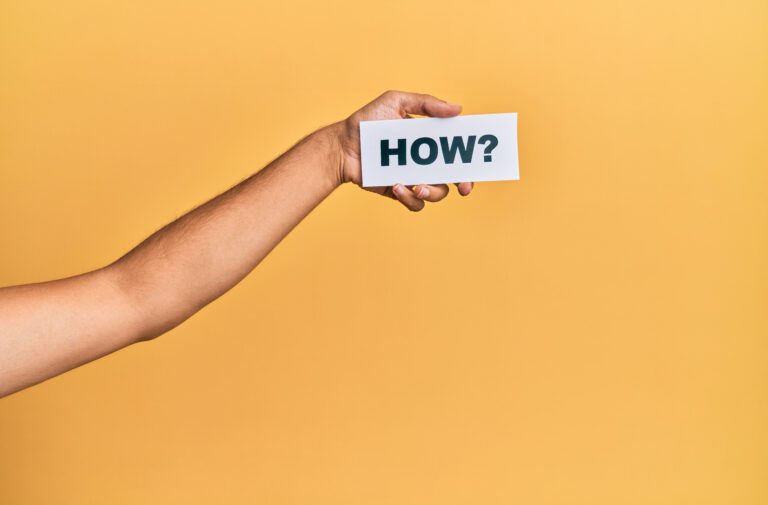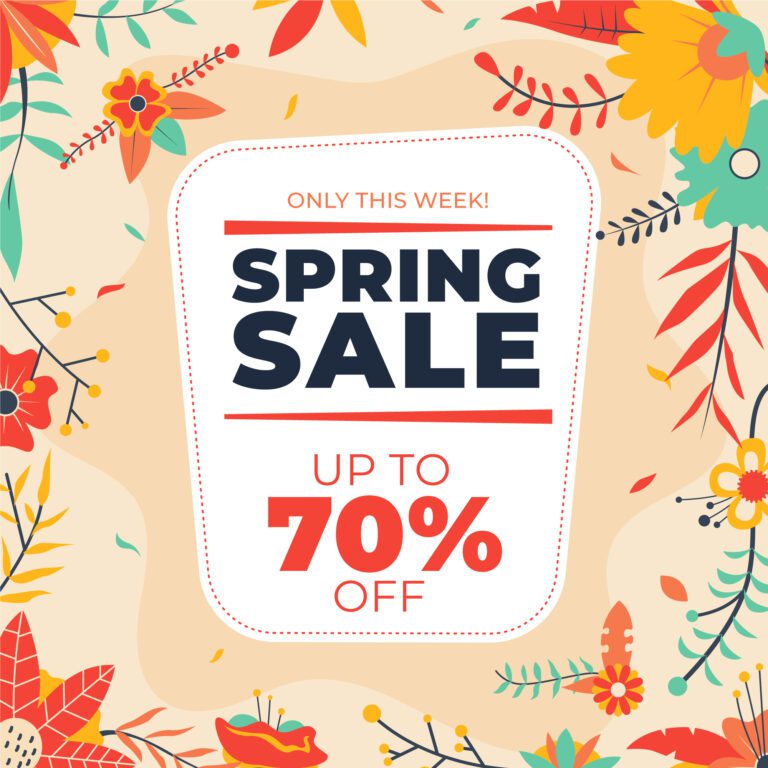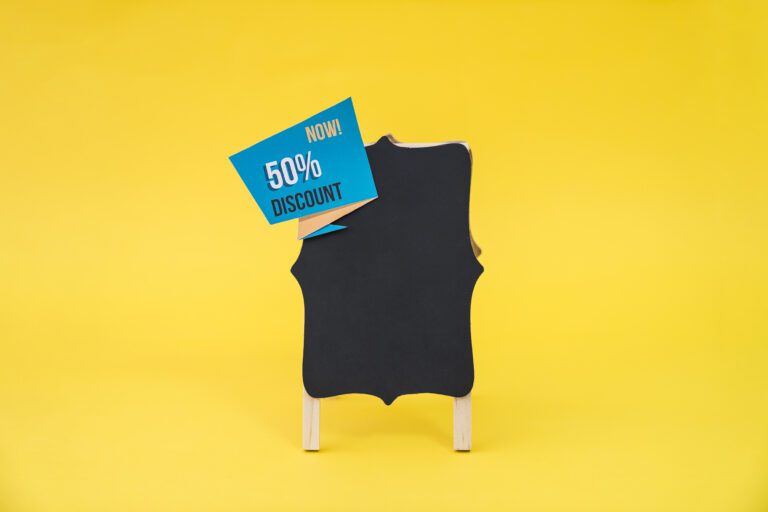Ecommerce Product Recommendation Popup: Types, Use, and Benefits

I hope you enjoy this blog post. If you want Hello Bar to grow your leads, click here.
Author:
Mansi
Published
September 8, 2025
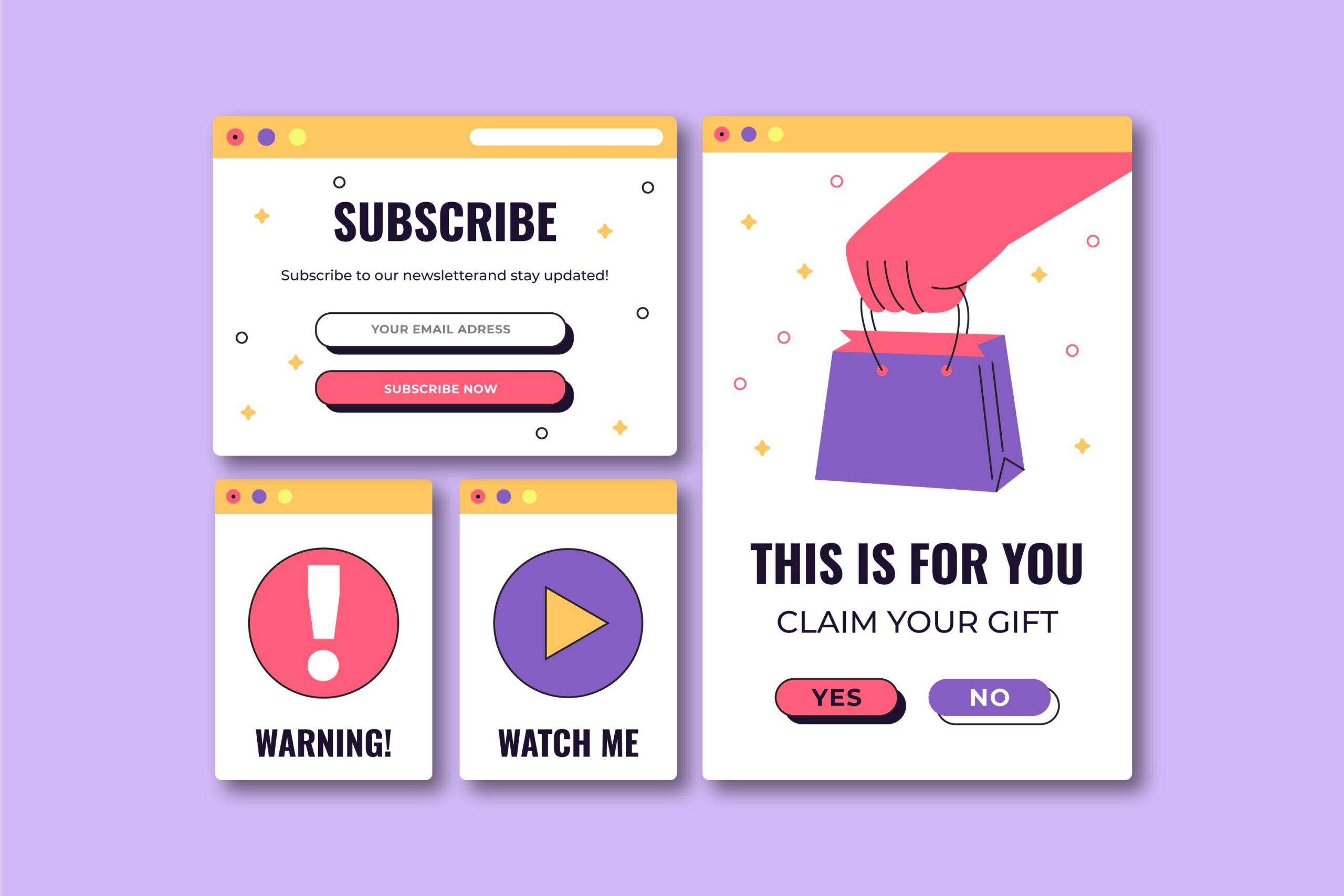
Table of Contents
Every store owner is chasing growth, but not every growth lever requires huge budgets or complicated tools. One thing that actually works, quietly and consistently, is the ecommerce product recommendation popup.
It’s simple. You already have people visiting your site. Some are browsing. Some add items to their cart. Some get close to checking out. At each of these moments, you have a chance to suggest something relevant. That’s what a product recommendation popup does.
It isn’t magic. It’s not a trick. It’s just surfacing products at the right time so people buy a little more, or so they don’t walk away. And that’s often enough to move your revenue numbers without buying more ads or sending another round of discounts.
That’s the reason I’m writing this blog. To lay out the different types of ecommerce product recommendation popup, how businesses actually use them, what benefits they bring, and where they can go wrong. Think of this as a practical guide, not a sales pitch.
Why a Popup for Recommendations?
When you shop in a store, you see things you didn’t plan to buy. A bag of chips near checkout. A charger near the phones. You didn’t search for it, but seeing it makes you consider it. Online, you don’t have those shelves. The only way to create those moments is by using popups that suggest items based on what the shopper is already doing.
That’s why an ecommerce product recommendation popup makes sense. It fills the gap between browsing and buying. Instead of hoping the customer stumbles onto the right product page, you put it in front of them at the right time.
Types of Ecommerce Product Recommendation Popups
There isn’t just one way to do this. Popups can be triggered in different ways. Each has its own purpose. Let’s break them down.
1. Cart Add-On Popups
These show up right after someone adds something to their cart.
Example: A shopper adds a laptop. The popup suggests a sleeve or mouse.
- Why it works: The customer is already in a buying mindset. Accessories feel like a natural next step.
- What to watch: Don’t overload with 10 options. Keep it to one or two useful suggestions.
2. Exit-Intent Popups
These appear when the shopper’s mouse moves toward closing the tab or leaving the page.
Example: Someone has a cart with headphones, but before leaving, a popup suggests a bundle with a headphone stand.
- Why it works: It interrupts abandonment with a relevant nudge.
- What to watch: Don’t make it aggressive. A simple “before you go, this might help” is enough.
3. Post-Purchase Popups
These show after checkout is complete.
Example: A shopper buys coffee beans. The popup suggests a discounted grinder or a coffee scoop.
- Why it works: Customers feel safe to buy again since the first order is already done.
- What to watch: Keep it optional. Don’t make people feel like they can’t close the thank-you page.
4. Browsing-Based Popups
Triggered after a shopper spends time on a category or product page.
Example: Someone is looking at running shoes for a few minutes. The popup shows socks or running belts.
- Why it works: It reacts to intent instead of random guessing.
- What to watch: Don’t fire too quickly. Let people explore first.
5. Seasonal or Campaign Popups
These are tied to a promotion or seasonal theme.
Example: “Pair this holiday sweater with matching accessories.”
- Why it works: Feels timely and connected to what’s happening.
- What to watch: Don’t overuse. If every season has too many popups, it becomes noise.
Each one is just a ecommerce product recommendation popup in a different form. The key difference is the timing.
Also read our article on Ecommerce Marketing: 33 Tips To Skyrocket Sales
How Businesses Use These Popups
Not every store needs every type. Smaller brands often start with just one or two.
- A small clothing shop might use cart add-on popups to suggest belts or scarves.
- A beauty store could rely on post-purchase popups to push new arrivals.
- An electronics site may prioritize exit-intent popups to reduce cart abandonment.
It’s not about covering every angle. It’s about picking the ones that fit your flow.
For example:
A shopper buys shampoo. If the popup suggests conditioner, that feels smart. If it suggests hiking boots, it feels lazy.
The difference is relevance. The best ecommerce product recommendation popup feels like a helpful reminder, not a pushy sales tactic.
Benefits of Ecommerce Product Recommendation Popups
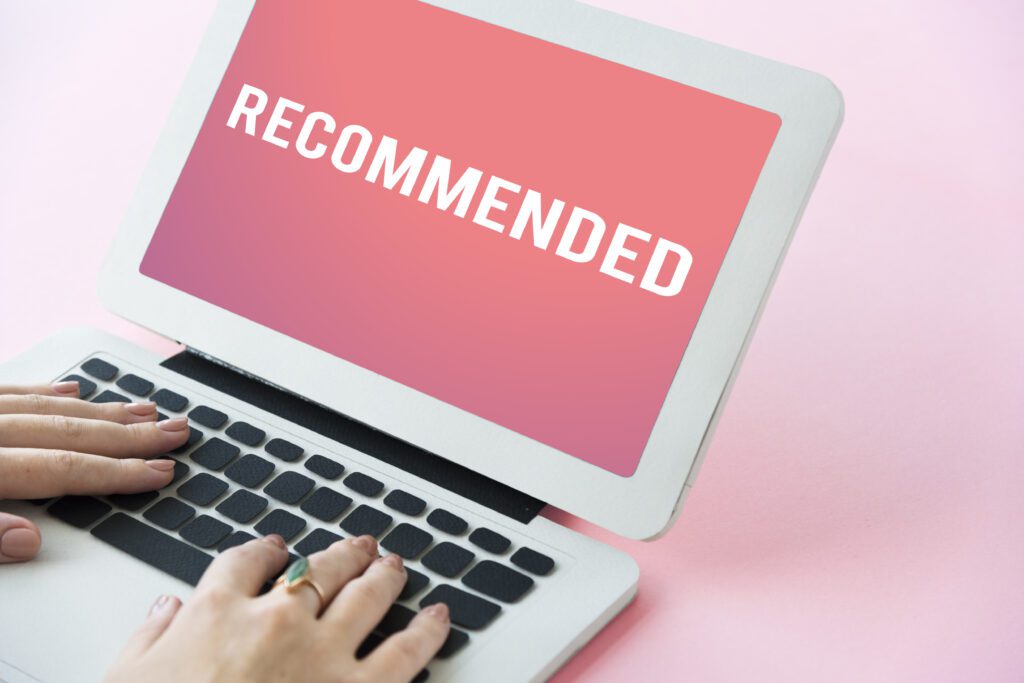
Let’s talk about why this matters beyond theory.
1. Higher Average Order Value
When people see useful add-ons, they often pick them. Even if only a fraction of buyers accept, it raises your average order size.
2. More from Existing Traffic
Traffic is expensive. Ads, SEO, influencers — all cost money. Popups squeeze more value out of the same visitors you already have.
3. Personalization Without Heavy Systems
An ecommerce product recommendation popup doesn’t require building an advanced personalization engine. Simple triggers like “added X to cart, show Y” work well enough.
4. Reduced Cart Abandonment
Exit-intent popups recover some shoppers who were about to leave. Even if 2 out of 100 stay, that’s still 2 sales you wouldn’t have had.
5. Fast Setup
Most popup tools take hours, not months. That’s why they’re low-effort but high-return compared to big personalization projects.
Mistakes Businesses Make
This is where many stores go wrong.
- Too many popups. Shoppers get annoyed.
- Irrelevant recommendations. Random items kill trust.
- Bad timing. Don’t block checkout with distractions.
- No testing. What works in fashion might not work in electronics.
A good ecommerce product recommendation popup is almost invisible. It feels like part of the experience.
Examples in Action
Let’s make it concrete.
- A fashion site: Add a dress to cart, popup suggests shoes or a clutch.
- Grocery app: Add bread, popup suggests butter.
- Sports store: Browsing a basketball, popup suggests a pump.
- Electronics site: Buy a camera, popup suggests a memory card.
These aren’t flashy tactics. They’re the same kind of suggestions a store clerk would make in person.
Building a Popup Strategy
If you’re starting from scratch, here’s one path:
- Begin with cart add-on popups. Easy to implement. Clear upside.
- If cart abandonment is high, add exit-intent popups.
- Once stable, experiment with post-purchase recommendations.
Don’t try everything at once. Start small, measure results, then expand.
Data is what keeps this honest. Look at click-through rates, added-to-cart percentages, and completed checkouts. Kill popups that don’t perform. Double down on the ones that do.
When Not to Use Popups
Yes, sometimes they don’t make sense.
- High-ticket, single-purchase products (like furniture). Customers don’t need nudges for accessories.
- Situations where trust is sensitive (like healthcare or legal). Pushing add-ons may feel cheap.
An ecommerce product recommendation popup should feel natural, not forced.
The Human Angle
Think of a popup as a digital store assistant. Done right, it’s like someone at the counter saying, “Most buyers also grab this — it makes things easier.” Done wrong, it feels like someone shouting offers in your face.
That difference is tone. And tone is what makes popups work or fail.
Future of Popups
The next phase won’t be more popups. It will be smarter.
Popups that factor in:
- Browsing history
- Frequency of purchase
- Stock availability
But even as the tech gets better, the principle won’t change. An ecommerce product recommendation popup is still just a polite suggestion at the right time.
Conclusion
Popups aren’t a trick. They’re a reminder. A small nudge at the right moment can change how much a customer spends or whether they buy at all. That’s what a ecommerce product recommendation popup is really about — helping shoppers make better choices while helping your store grow.

